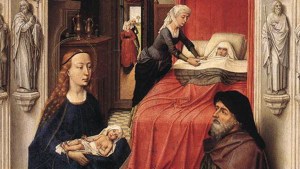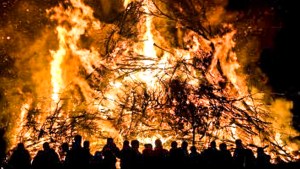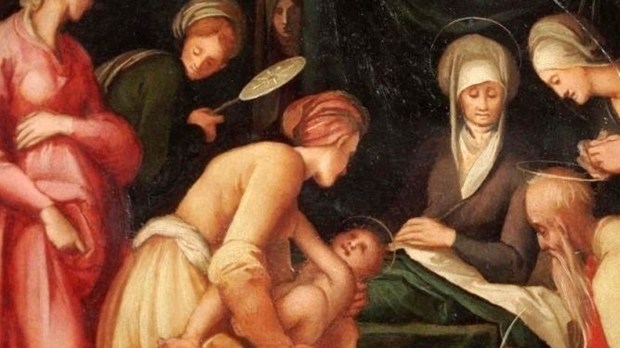Have you ever heard of the phrase “Christmas in July”? Well, medieval Christians used to celebrate “Christmas in June.”
On June 24 the Catholic Church celebrates the Solemnity of the Nativity of St. John the Baptist, which commemorates the birth of Jesus’ cousin, John. It is one of three feasts in the Church’s calendar that celebrates a birthday.

Read more:
Only 3 birthdays are celebrated on the Church’s calendar
St. John’s birthday is celebrated on June 24, three months after the Annunciation and six months prior to the birth of Christ. The feast coincides with the summer solstice, the time of the year when the days are the longest.
After the celebration of St. John’s birthday the days become progressively shorter up until the winter solstice around December 25 when the days start to get longer. This corresponds to the words of St. John the Baptist, “He must increase, but I must decrease.”
Historically Christians would celebrate this day in a very similar way to Christmas. The Catholic Encyclopedia explains the extent to which medieval Christians connected the two feasts.
The resemblance of the feast of St. John with that of Christmas was carried farther, for another feature of the 24th of June was the celebration of three Masses: the first, in the dead of night, recalled his mission of Precursor; the second, at daybreak, commemorated the baptism he conferred; and the third, at the hour of Terce, honored his sanctity.
The whole liturgy of the day, repeatedly enriched by the additions of several popes, was in suggestiveness and beauty on a par with the liturgy of Christmas. So sacred was St. John’s day deemed that two rival armies, meeting face to face on 23 June, by common accord put off the battle until the morrow of the feast (Battle of Fontenay, 841).
Francis X. Weiser also gives some background on the medieval celebration of this feast.
The Council of Agde, in 506, listed the Nativity of Saint John among the highest feasts of the year, a day on which all faithful had to attend Mass and abstain from servile work. Indeed, so great was the rank of this festival that, just as on Christmas, three Masses were celebrated, one during the vigil service, the second at dawn, the third in the morning. In 1022, a synod at Seligenstadt, Germany, prescribed a fourteen-day fast and abstinence in preparation for the Feast of the Baptist.
Many Eastern Christians maintain some of these traditions, such as an all-night vigil preceding June 24.
In many ways the feast of St. John the Baptist prepares us for the celebration of Christmas, and even though it is summer in the Northern Hemisphere, June 24 gives us a hint of what’s to come in December!

Read more:
Have a bonfire party to mark birthday of John the Baptist!

Read more:
How St. John the Baptist was the first hipster

